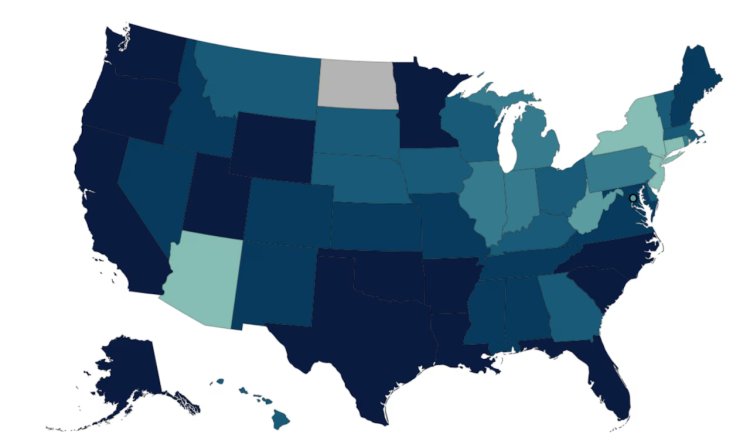COVID-19 Levels Surge Across Half of the U.S.: What You Need to Know
Discover the latest on COVID-19 levels across the US, updated symptoms, and current isolation guidelines. Learn how to stay safe during the ongoing pandemic.

COVID-19 levels have reached concerning heights in over half of the United States, according to the latest data from the Centers for Disease Control and Prevention (CDC). Wastewater testing reveals that at least 27 states are experiencing "very high" levels of the virus, with 17 more, including Alabama, reporting "high" levels. The western region of the country is currently the most affected, followed by the South, Midwest, and Northeast.
Recent data also indicates a slight increase in emergency room visits, hospitalizations, and deaths due to COVID-19 nationwide. Although these numbers are climbing, they remain significantly lower than the peaks seen in previous summers.
The current wave is being driven by the LB.1 variant, along with a group of omicron subvariants known as FLiRT strains, both of which are circulating widely across the country.
Updated Isolation Guidelines: What You Should Do if You Get COVID
Earlier this year, the CDC revised its guidelines, eliminating the recommendation for a mandatory five-day isolation period. Now, if you test positive for COVID-19, you can resume your regular activities as long as you've been fever-free for at least 24 hours without the aid of medication and your symptoms are showing signs of improvement. Even after recovery, it’s advisable to maintain enhanced hygiene, wear a well-fitted mask, and, when possible, keep a safe distance from others—particularly those aged 65 and older or individuals with compromised immune systems.
These adjustments reflect the CDC’s observation that the virus now poses a lower risk of severe illness, largely thanks to widespread immunity from vaccinations and prior infections, as well as improved treatments.
Recognizing the Latest COVID-19 Symptoms
While the core symptoms of COVID-19 have remained relatively stable since the pandemic began, there has been an uptick in reports of gastrointestinal issues in recent cases. Here’s a rundown of the most common symptoms to watch out for:
- Persistent cough
- Sore throat
- Runny nose
- Sneezing
- Fatigue
- Headache
- Muscle aches
- Altered sense of smell
- Nasal congestion
- Fever or chills
- Shortness of breath or difficulty breathing
- Nausea or vomiting
- Diarrhea
As COVID-19 continues to impact communities across the U.S., staying informed about the latest symptoms and following updated guidelines is crucial for safeguarding your health and the well-being of those around you.







